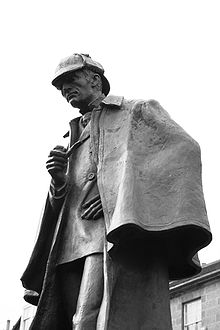Drownings in the River Avon were relatively common in Bath in the middle of the 19th Century. Many were accidental, or at least that’s what the Coroner’s Court often concluded. A substantial number though, were suicides. They were regularly reported as such in the local paper, but were rarely seen as newsworthy by the national press.
The people who had taken their own lives in the River Avon were for the most part un-newsworthy because they were usually poor. They were part of the nameless, faceless masses exploited by the Industrial Revolution, routinely marginalised and vilified in the press. Popular opinion was that they were lazy, ignorant and dirty; given to drinking too much, and begging, or they were itinerants, migrants without roots, who did not want to work and were content to live in squalor.
Yet it was in “The Times” newspaper archive that I first read of the incident that now forms the prologue to my book – an incident so tragic, abhorrent and pitiful that it was reported nationally. On Sunday 6th February 1850, in the early hours of the morning, Thomas Hunt drowned himself and his young daughter. The Coroner’s Court determined that Hunt had taken his own life and found him guilty of the murder of his daughter.
I knew when I read the piece that I would include their story somewhere in my book. It seemed somehow to summarise the tragic lives of many who survived in the Avon Street area of Bath. It was the darkness and despair that existed at the heart of the city – the secret that was kept hidden behind the Georgian facades – the lie that lay behind the carefully contrived and protected image.
I had initially intended to use the incident as an anecdote somewhere in the book, perhaps brought up in conversation between the characters, but the story of Thomas Hunt and his daughter, would not leave me. Eventually it became a lynch pin, something that brought the characters together, or drove them apart. It played a big part in determining the plot and came to influence atmosphere and settings, as I tried to explore the two very different worlds that co-existed in the city.
There was nothing in the newspaper records to indicate that Thomas Hunt was in debt (as he is in my book) but debt and loan-sharks were a way of life for the working class at that time, as they are increasingly now. Their story came almost to define what life must have been like for many of the residents of Avon Street and though prologues are unfashionable and may even put some people off reading a book, their story (or my interpretation of it) now forms the prologue of “Avon Street” – because that’s where it needs to be.


